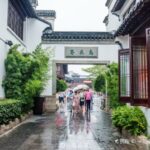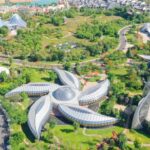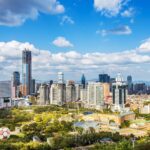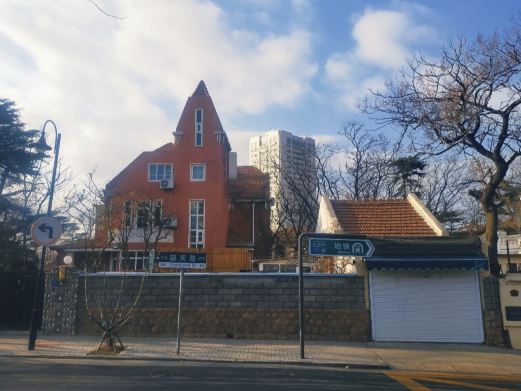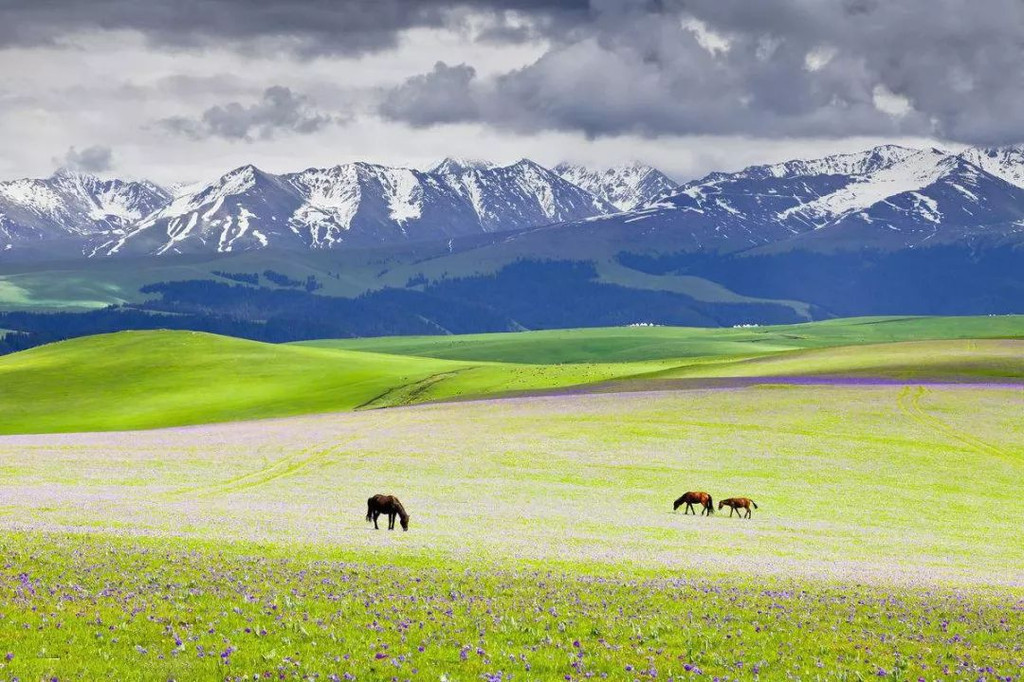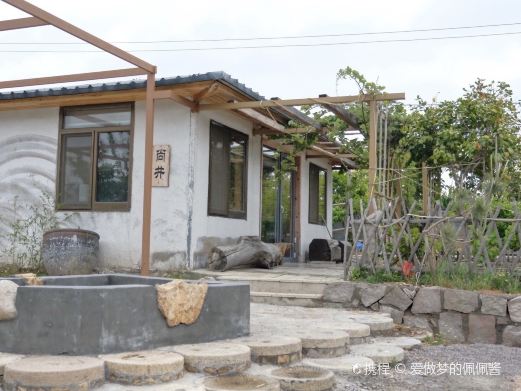Myriad Forms and Pure Simplicity — Suobao’s New Art Exhibition: Buddha says, ‘The mind is the root, the Dharma is the dust.’ Both are like traces on a mirror. When the dirt is completely removed, the light begins to shine, and when both mind and Dharma are forgotten, the nature is revealed. The mind gives birth to myriad forms, and when all forms are pure and simple, they return to their true essence. ‘True’ is the state where our human hearts, through the complexity of myriad forms, see clearly, beautifully, and tranquilly, the original state. Achieving this state of ‘Myriad Forms and Pure Simplicity’ allows humanity to possess the gateway to interpret all forms in the world, penetrating the true nature of all forms, which is ordinary yet clear. This exhibition features two major themes, ‘Silk Road Buddhist Kingdom’ and ‘Prosperous Era’s Court,’ along with landscapes, calligraphy, and some lotus-themed works. The multiform and diverse display reflects my exploration and understanding of Chinese culture and art over the years, showcasing both the grandeur of traditional civilization and the humanistic emotions of landscape affection, floral enjoyment, and the expression of thoughts through calligraphy. It embodies the aesthetic concept of unity between heaven and man, and harmonious nature. It is also through the process of humanistic spirit and natural forms leaping onto the brush that one can comprehend the pursuit of inner peace and wisdom. The main themes of this exhibition are works created from Buddhist cave art and large-scale murals based on Taoist traditional paintings. These are the result of years of dedication and exploration. Due to my life experiences, I have a deep understanding and exploration of both Buddhist and Taoist cultural arts. Therefore, I am fortunate to be immersed in them for many years, learning, understanding, feeling, and remembering. Although Buddhist and Taoist arts originate from different cultural and religious systems, they both hold significant positions in Chinese traditional culture and people’s beliefs. Buddhist art emphasizes compassion and wisdom, often displayed through murals and sculptures to show the compassionate image of the Buddha and the spread of Buddhist stories. Taoist art focuses on the natural way, often using landscapes, immortals, and mythical creatures as subjects to show the Taoist pursuit of unity with nature and transcendence of the secular world. The integration of Buddhist and Taoist art forms has not only enriched the connotations of Chinese traditional culture but also promoted the development of Chinese painting art and humanistic spirit. There are similarities and significant differences in the artistic styles and skills of both Buddhist and Taoist arts. However, as an important part of Chinese traditional culture, they provide people with profound reflections on life, nature, and the universe, showing the profoundness and inclusiveness of Chinese traditional culture.
Longze Resident… Suobao Foo Art Museum, Weihai. ‘Negation is the beginning of freedom.’ ‘La négation est le début de la liberté’.Derived from Sartre’s philosophical viewpoints on existence and freedom. Existence precedes essence. The essence of consciousness lies in its negativity. Negation enables people to transcend reality and thus define our freedom. Through negation, we are liberated from the constraints of determinism. This ability is freedom. The NO Art Museum wants to convey the core of the NO Art Museum. Through negation, it expounds freedom. The total area of the art museum is 4,000 square meters. It includes an art museum, coffee, cultural and creative products, and “Detuned · Chaos LiveHouse”. Slogan: “Negation is the beginning of freedom” “La négation est le début de la liberté”. Opening hours: from November 16 to December 31. The performance time and duration are subject to the site.
